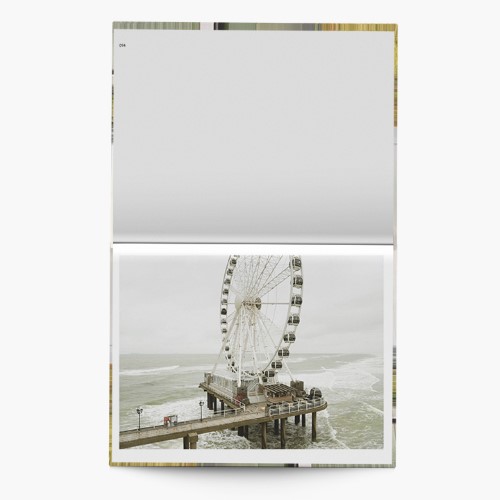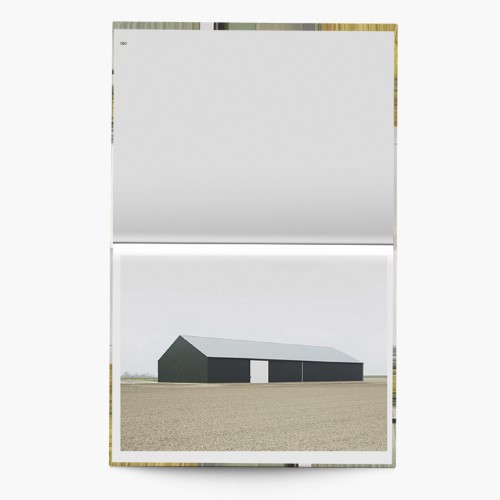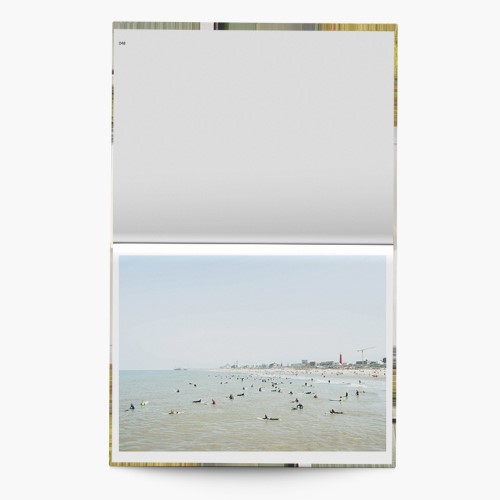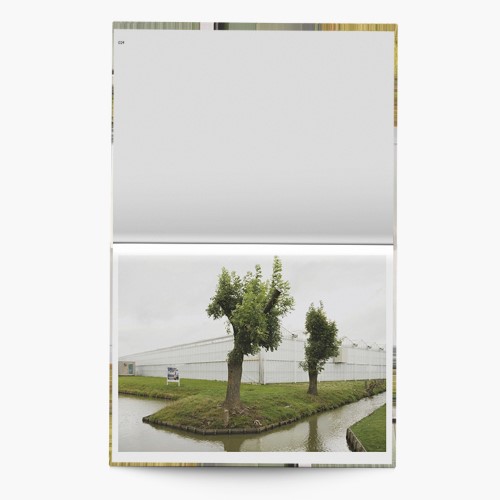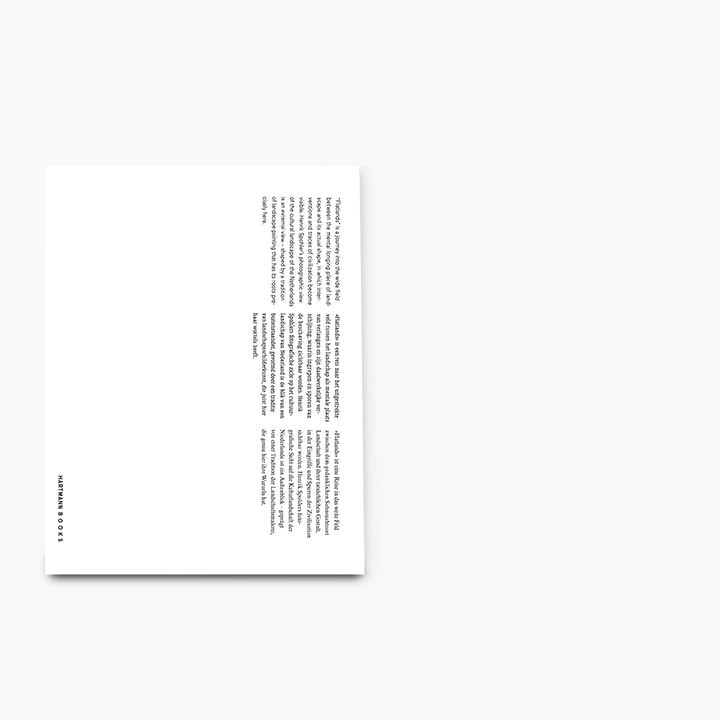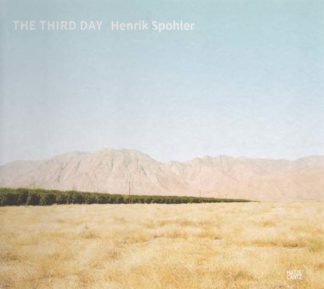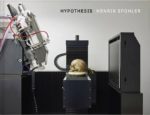Au cours de ces voyages, il a regardé ce pays au cœur de l’Europe de l’Ouest du point de vue d’un étranger. Flatlands est un examen photographique du paysage dans le pays même, où le genre de peinture de paysage a été développé au XVIIe siècle. Aujourd’hui, les Pays-Bas sont le pays le plus densément peuplé d’Europe, traversé par un réseau complexe de routes, de canaux et de chemins de fer. Les parcs industriels apparemment sans fin le long des voies de circulation caractérisent le paysage et indiquent la prospérité économique. Chaque mètre carré de terre est utilisé, chaque mètre cube d’eau est intégré dans un système de barrages, d’écluses et de canaux. Le pays, autrefois considéré comme un marais difficile à habiter, symbolise aujourd’hui la transformation radicale de l’environnement par l’homme. Spohler et ses images démontrent comment un paysage culturel, marqué par des références historiques, économiques et sociales complexes, peut être lu et représenté ; texte de Gerbrand Bakker, photos en couleurs.
On these journeys he looked at this country in the heart of Western Europe from the perspective of an outsider. Flatlands is a photographic examination of landscape in the very country, where the genre of landscape painting was developed in the seventeenth century. Today, the Netherlands is the most densely populated country in Europe, crisscrossed by a complex network of roads, canals and railroads. Seemingly endless industrial parks along the traffic routes characterize the landscape and indicate economic prosperity. Every square meter of land is used, every cubic meter of water is integrated into a system of dams, locks, and canals. The country, once considered hard-to-inhabit marshland, now symbolizes the radical transformation of the environment by man. Spohler and his images demonstrate how a cultural landscape, marked by complex historical, economic and social references, can be read and represented ; text by Gerbrand Bakker.


